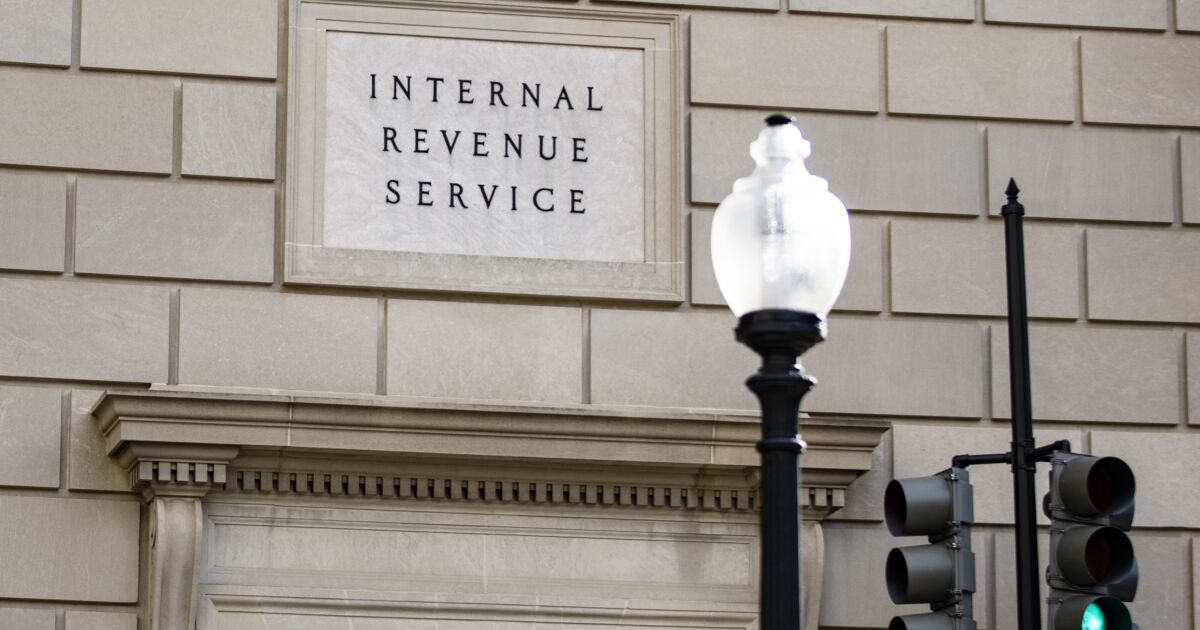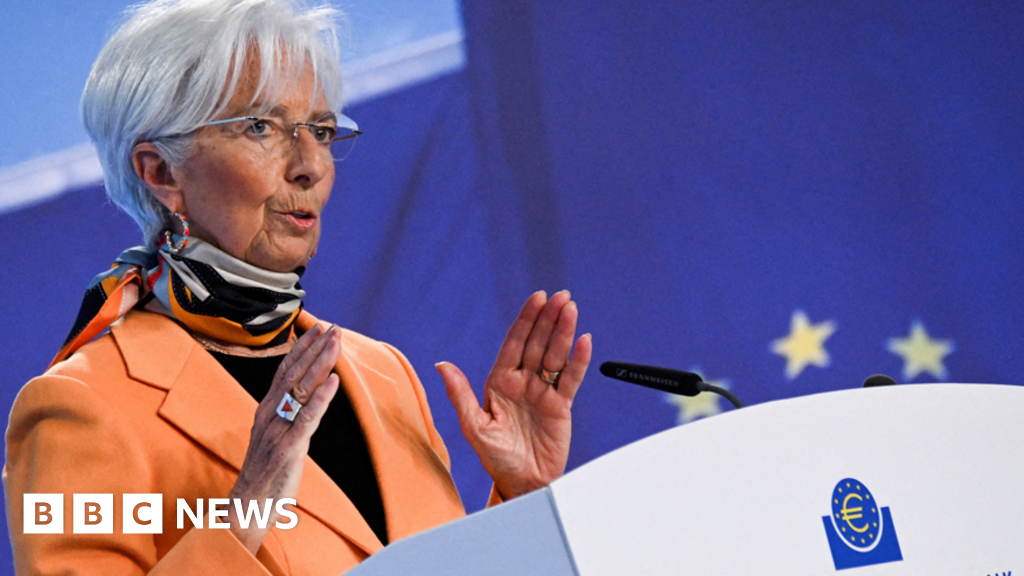The last time Manchester City travelled to Luton Town’s Kenilworth Road for a league match was 1998, when both sides were playing in the third tier of English football. The game ended in a 1-1 draw.
On Sunday, the two face each other again as equals for the first time in 25 years, pitting the richest club in the world against a team whose rise from the ashes has been one of English football’s recent fairy tales.
Since their last meeting, City has risen to the pinnacle of European football, collecting Premier League titles and winning the Champions League for the first time earlier this year. Meanwhile, Luton Town suffered financial ruin, came within days of extinction, and endured years in the wilderness of non-league football before climbing back to the top tier.
“It’s a great challenge for us,” Luton manager Rob Edwards told reporters earlier this week. “To be here is amazing. We’re determined to enjoy it, but of course our job is to try and be competitive in these games and I really believe we will be.”
The ability of clubs the size of Luton to challenge the likes of City over 90 minutes is a key selling point for the Premier League and has helped make it the most watched competition in club football. It distributes the billions of pounds it gets from TV contracts to its 20 clubs more evenly than other leagues in Europe with the aim of giving every game a sense of jeopardy.
Despite having been a top flight club when the vote was taken to form the Premier League back in 1991, Luton Town has had a long wait for a taste of football’s big time. The club was relegated as the league launched, then spent several years in the second tier before a rapid slide took them out of the league system in 2008, in part due to a 30-point deduction for breaking financial rules.
On the brink of going bust, money from a single FA Cup tie against Liverpool was all that kept the lights on long enough for the club to be rescued by a group of local fans.


“It was a disaster. There was very little to grab hold of,” says Gary Sweet, chief executive of Luton Town since 2008 and a life-long fan. “The whole place was rudderless. There was no direction and there was no cash. We started from scratch.”
Just as City fans were welcoming Sheikh Mansour bin Zayed al-Nahyan, a member of Abu Dhabi’s royal family, in the 2008-09 season as the club’s ultra-wealthy new owner, Luton supporters were adjusting to away days at Kidderminster Harriers and Ebbsfleet United.
Among them was Trevor Stevens, who has been going to watch Luton Town since 1969. His memories of the darkest days, when the club was languishing outside the football league — a level where most players have part-time jobs to make ends meet — are still etched in the mind.
“It was horrible. The football was absolutely dire,” he said before kick-off at a recent match. “If you told me then we’d be in the Premier League, I’d have fallen over laughing.”
Luton’s rise up the leagues has been swift, with four promotions in the past 10 years, culminating with their elevation to the Premier League in the summer. But Sweet insists the club has taken it all in stride.
“The process of transitioning upwards has been broadly the same. It’s just got a couple of extra noughts on the end and a few more foreign names,” he said.
City fans travelling to Sunday’s game will enjoy a journey back in time to an era long before football matches were played in slick bowls between teams bankrolled by private equity billionaires and Gulf petrostates.
Kenilworth Road, Luton’s ramshackle, pocket-sized stadium now holds just over 11,000 fans after a hurried £10mn summer revamp, but it remains one of the smallest ever to stage Premier League matches. The National League, five divisions down, has several larger venues.


Also known as The Kenny and The Old Girl, the 118-year-old stadium is tucked away in a tight grid of terraced houses about 20 minutes’ walk from Luton’s main train station. Before last summer, the most recent major works at the stadium took place in 1991.
Bulldozers moved in within hours of the team’s victory in last season’s play-off final, after contracts had been prepared, but left unsigned.
The rushed work to rebuild the Bobbers Stand added a few hundred seats, and a large gantry for the multitude of TV cameras that now come here to beam games around the world, but the construction meant the club’s first home game in the league had to be delayed.
The away fans’ entrance to the Oak Stand has become an iconic spot in English football. The turnstiles nestle on the ground floor of two houses and supporters pass underneath bedrooms and through back gardens to reach their seats. Chants of “We can see you in the bath” have been directed to the residents inside.

Home fans hope the raucous, up-close atmosphere will give their side an advantage as the season wears on.
“Kenilworth Road is probably what will keep us in this league if we stay up. There’s something about the place — it’s magical,” said Kevin Harper, a board member at the Luton Town Supporters’ Trust, which helped rescue the club and still owns a 1 per cent share.
While Luton Town’s return to the Premier League pits them against the likes of Arsenal, Liverpool and City as sporting peers, on almost every financial metric most matches the club plays are David versus Goliath contests.
City is now ranked by Deloitte as the wealthiest club in the world, generating revenue of almost £3bn over the past five years. Luton’s income over the same period reached just £60mn, according to figures from data consultancy vysyble.
City’s playing squad is currently valued at more than £1bn by Transfermarkt. Luton’s comes in at about £75mn — a figure inflated by players on loan from bigger clubs. While City has spent more than £800mn on new signings in the past five years, the third highest figure in the country, Luton Town has forked out just over £20mn.
“You really are looking at the two extremes of full-time professional football”, said John Purcell, co-founder of vysyble.
Yet so far this season, Luton has not been the Premier League’s punchbag. Luton slipped into the relegation zone just ahead of this weekend’s fixtures, but are just one point behind 17th placed Everton, while only last gasp goals deprived the team of victory over Liverpool and a draw this week against table-toppers Arsenal.
Bookmakers still expect Luton to be relegated at the end of the season, but they no longer have them marked as favourites for the drop.
Even one season in the Premier League comes with a vast financial boost. Thanks to TV income and prize money, the team that finishes last in the league is likely to enjoy revenue of at least £120mn, plus a guaranteed “parachute” payment of as much as £50mn the year after relegation.
The windfall comes at a critical moment for the club. Plans for a new stadium on wasteland near Luton’s main train station are being tweaked to better suit a potential prolonged stay in the Premier League. Work is due to begin next year.
With the new stadium seen as vital to the club’s long-term future, Harper insists there’s “no expectation” from fans for this season, and that Luton supporters appreciate “the value of every single pound”. “Everyone is in it together — and that might just take us somewhere,” he said.
And while realistic about the challenge ahead, Sweet insists the club remains firmly fixed on staying in the league. The spirit of the town, he hopes, will help guide the team to a brighter future after the rollercoaster ride of recent years.
“What we have here is a gritty determination”, he said. “People in Luton have that — when we focus on doing something, we generally get it done.”
Credit: Source link











